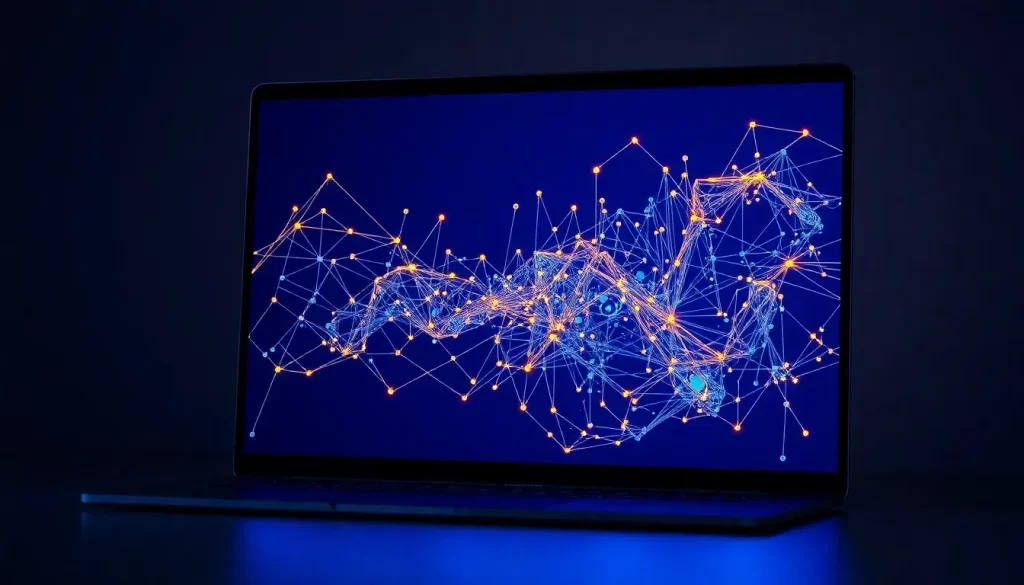Windows ML Launches to Help Developers Create AI Apps for PCs

In an era where artificial intelligence is becoming increasingly integral to our daily lives, Microsoft is stepping up its game with the introduction of Windows ML. This new framework is designed to empower developers to create optimized AI applications that can run locally on millions of PCs. By leveraging its significant investment in OpenAI, Microsoft is not just a spectator in the AI revolution; it is actively shaping the landscape.
While many AI models currently rely on cloud computing, which can be costly and dependent on constant internet access, Windows ML aims to shift some of that processing power back to personal computers. This move not only enhances accessibility for developers but also allows users to experience the benefits of AI without the hefty cloud fees associated with data processing and storage.
Understanding Windows ML: A Framework for AI Development
Windows ML is a new framework integrated into Windows 11, allowing developers to create software that leverages artificial intelligence with ease. It simplifies the process of building applications that require AI capabilities, catering to a wide range of user needs and preferences.
The framework operates as a hardware abstraction layer (HAL), which enables seamless communication between the software and the underlying hardware, such as CPUs, GPUs, and NPUs. This means developers can optimize their applications based on specific hardware configurations, ensuring they run efficiently on various devices.
Some key features of Windows ML include:
- Local execution of AI models, reducing reliance on cloud computing.
- Support for a range of hardware, from low-end PCs to high-performance machines.
- Improved performance and security for AI applications.
Notable Companies Adopting Windows ML
Microsoft's initiative has already attracted attention from several prominent companies. Adobe, Topaz Labs, and McAfee are among the first to adopt Windows ML, integrating its capabilities into their software suites.
For instance, Adobe has utilized Windows ML to enhance features in Premiere Pro, automating tasks such as generating subtitles in different languages. Similarly, Bufferzone has implemented AI alerts for phishing attempts when users access non-official websites, showcasing the potential for improved security.
Other examples of applications leveraging Windows ML include:
- Camo: Creating AI-enhanced videos using a webcam.
- Topaz Labs: Using AI technology to reduce noise in images through their Denoise feature.
- McAfee: Detecting deepfakes in videos, enhancing user security and trust.
Windows ML vs. Cloud-Based AI Solutions
One of the most compelling aspects of Windows ML is its ability to run AI applications locally. This presents several advantages over traditional cloud-based AI solutions:
- Cost Efficiency: Local processing can significantly reduce costs associated with cloud computing.
- Speed: Reduced latency as applications do not depend on internet connectivity.
- Privacy: Enhanced data security, as sensitive information does not need to be transmitted to external servers.
The Future of AI in Windows
The integration of Windows ML marks a critical step in Microsoft's vision for a future where AI is seamlessly woven into the fabric of everyday computing. With ongoing developments in AI technology, the potential applications of Windows ML are vast and varied.
As we look ahead, it's essential to consider how Windows ML will evolve. Microsoft is reportedly working on enhancing the framework to support even more advanced AI capabilities. This could include:
- Greater support for complex AI models.
- Enhanced tools for developers to create customized applications.
- Integration with other Microsoft services and platforms.
For a deeper insight into how Microsoft is transforming AI capabilities, check out this insightful video:
Microsoft Copilot and Its Role in AI Integration
Another significant initiative from Microsoft is Copilot, which leverages AI to assist users across various applications. This tool is designed to streamline workflows, enhance productivity, and provide intelligent suggestions tailored to individual user needs.
Copilot utilizes the same underlying technologies as Windows ML, making it easier for developers to integrate AI features into their applications. By combining the capabilities of Copilot with Windows ML, Microsoft is paving the way for a more intuitive and efficient user experience.
What to Expect from Future Windows Updates
As Microsoft continues to refine Windows 11, users can anticipate frequent updates that enhance the AI functionalities of Windows ML. This includes improvements in:
- Performance optimization for existing applications.
- Support for new AI frameworks and models.
- Enhanced user interfaces that facilitate easier interaction with AI features.
Moreover, the collaboration with OpenAI will likely lead to the incorporation of cutting-edge AI research directly into Windows systems, ensuring that users always have access to the latest advancements in artificial intelligence.
In summary, Windows ML represents a significant leap forward in the integration of AI into personal computing. With its ability to run applications locally and the support of major developers, the implications for both users and developers are immense. As Microsoft continues to innovate, we can expect a future where AI is not just an add-on, but an integral part of the Windows experience.




Leave a Reply